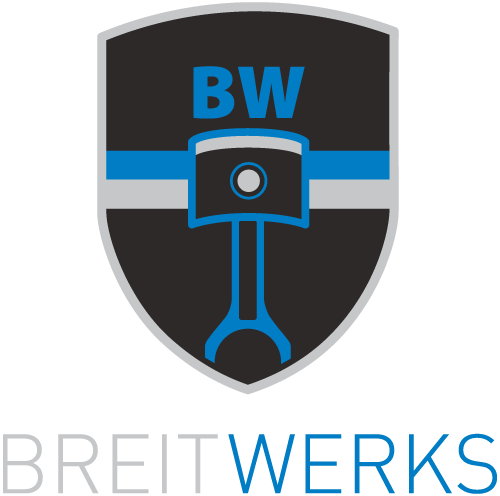We are going to take this in reverse by starting with Tools... Many people have heard of the Avanti method and realize that it can have tremendous positive impacts on projects by saving over 50% in cost and increase quality by over 70%! So BreitWerks says, "why can't we apply these same principles to build engines?" We can, and we do.
Whether it is a Porsche engine, or another high performance, tight tolerance motor, the tools that are used have a tremendous impact on the final product. "Tools" includes not just the wrenches, but the whole facility and everything that touches your engine during the assembly process, including outside vendors. The concept of "tools" also includes communication methods. Are you going to be kept up to date with your preferred communication method or does your builder go silent for 9 months while he or she figures out what to do with your money? BreitWerks prefers texts and social media as a way to provide rapid and seamless updates as the situation unfolds and major milestones are achieved.
Wood fibers are detrimental to tight tolerance engine assembly techniques, why would (pun intended :) )anyone use wood benches inside a clean room? Speaking of clean room, is your engine being assembled in an area that you would consider clean? Would you eat off the surfaces? If not, find another engine builder.
Speaking of engine builders and tools, what type of torque wrenches does your proposed builder use? And, when were they last calibrated? Clicker type torque wrenches are interesting. They're great for torquing lug nuts. But the first time we snapped an M6 bolt in a cam carrier on a Boxster motor we threw them all away. Digital torque and angle wrenches are the newest technology out there. We are big fans of Snap On Digital Torque Wrenches. They can measure both torque and angles so there is no excuse for anything less than perfection! As far as calibration, your builder has his or her calibration documents. If they are not willing to share that information with you, grab your box of parts and get out as quickly as possible!
There are many substitutes for factory assembly tools. Some jigs and tool assembly's developed with years of experience can certainly outperform the factory tools. The question to ask, is whether your proposed builder has at least the factory tools and can explain when, where and why he or she foregoes using them.
This is your engine. Yes, these motors are little tanks and can tolerate some pretty poor assembly practices and still move a car around. It's your car, your pride and joy. You have to ask yourself, "would I be interested in having my engine restored to its' original tight tolerances with enhanced longevity and improved performance; all while paying less and getting my vehicle back on the road faster?"
Only you can answer that question. However, we invite you to contact us or stop by and discuss how we can make your engine rebuilding experience the best possible!



Share to: